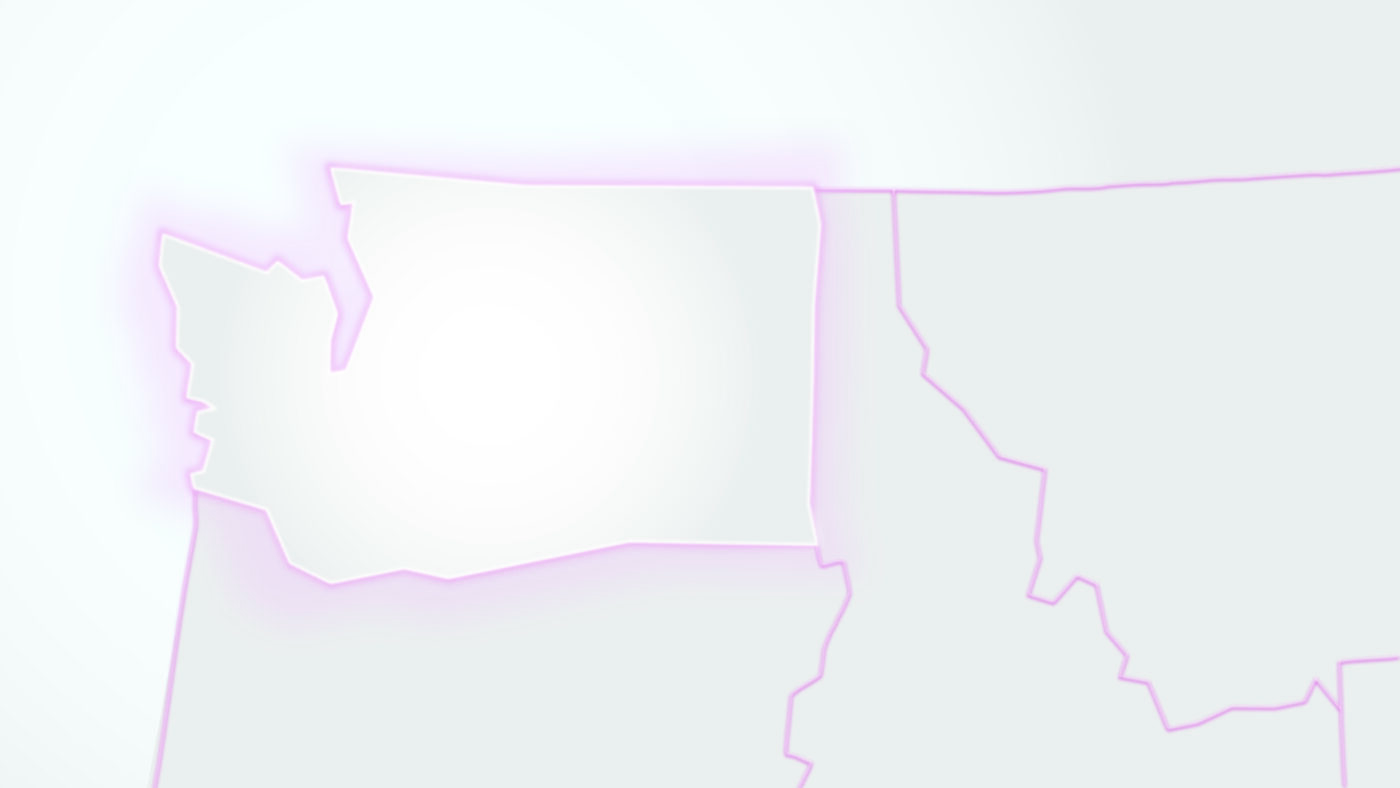How Washington is leading the way in fusion deployment
Tom Bugert, Deputy Director of State and Local Affairs

Over the past year, the Washington State Legislature has made significant strides toward unlocking fusion energy, proactively ensuring that policy hurdles won’t impede the rollout of clean, abundant power. In doing so, the state has de-risked what can often leave new energy projects stalled before they even begin: regulatory uncertainty.
Recognizing the urgency of meeting growing energy demands, Washington has embraced emerging technologies like fusion by passing two landmark pieces of legislation since 2024 – HB 1924 and HB 1018. Together, these bills create a clear roadmap for the deployment of fusion power plants in the state. Not only do they reduce risk, but they position Washington as a global fusion leader, already home to many fusion companies.
As a Washington state fusion company, we view the signing of HB 1018 by Governor Bob Ferguson this week as more than just a legislative milestone; it’s a continuation of Washington’s commitment to clean energy leadership. This forward-thinking approach sets an influential precedent for other states mapping their own long-term energy strategies.
So, how did Washington state become a leader in fusion policy?
First, it’s helpful to lay the groundwork for these bills: HB 1924, signed in March 2024, dictates that fusion should be considered a clean energy technology, whereas it was not previously listed.
Fusion, which offers carbon-free, reliable, abundant, and affordable energy from fuel sources that can be obtained from water, is undeniably clean energy, and HB 1924 clarified this explicitly for the first time. Washington, being the first state to do so, set a clear signal that states should understand fusion’s role in a clean energy future. We are thankful to Representative Clyde Shavers who championed this bill and set a standard for fusion deployment.
As part of the passage of HB 1924, the state instructed a working group of state regulatory agencies, co-chaired by the Department of Health (DOH) and the Energy Facility Site Evaluation Council (EFSEC), to come together to determine the permitting pathway for fusion.
The regulatory work group determined that fusion should be held to the same standards and policies as other clean energy projects and continue to have the option for the same permitting pathways available to wind, solar, and other renewable technologies.
Laying the foundation for fusion energy innovation in Washington
Building on last year’s legislation, HB 1018 goes a step further by clarifying permitting for fusion power plants, offering a path forward for fusion companies and regulators. The bill clarified that fusion power plants in Washington are different than traditional nuclear fission and should have the same choice as other clean energies to opt into their preferred permitting agency. Fusion companies must still work with the appropriate authorities to obtain licenses, including the DOH, Department of Ecology (ECY), and the local building permitting officials.
Although the change is small, it paves the way for fusion companies to successfully site a power plant in the state. This work, which is the culmination of hundreds of hours of work by agency regulators and state leaders, further establishes Washington state as a global fusion energy innovation leader.
We are fortunate to have seen a bipartisan effort unfold in Washington, and it could not have been accomplished without Senator Marko Liias and Representative Shavers, who sponsored the bill in the House and Senate; Joe Nguyen, who originally sponsored the bill and now supports our race to commercialization as director of the Department of Commerce; Kurt Beckett, chair of the EFSEC, who requested the legislation; Jill Woods, director of the Office of Radiation Protection at the DOH; and Governor Ferguson and his administration who have been steadfast champions for fusion and HB 1018.
Both bills were only made possible by forward-looking bipartisan leaders in the state, who recognize that the world needs new sources of power generation to keep up with growing demand. Fortunately, clean energy permitting isn’t new for Washington, as more than 75%1 of the state’s energy comes from renewables. With a history of clean energy leadership, bringing fusion into the mix became a simple and scalable solution.
What comes next for fusion in Washington
These bills provide the permitting certainty that we need. With clear guidance on how to collaborate with regulatory agencies and local communities, we can ensure our facilities are safe and beneficial to the communities we serve.
Now, the real work begins: building the world’s first fusion power plant right here in the Evergreen State.